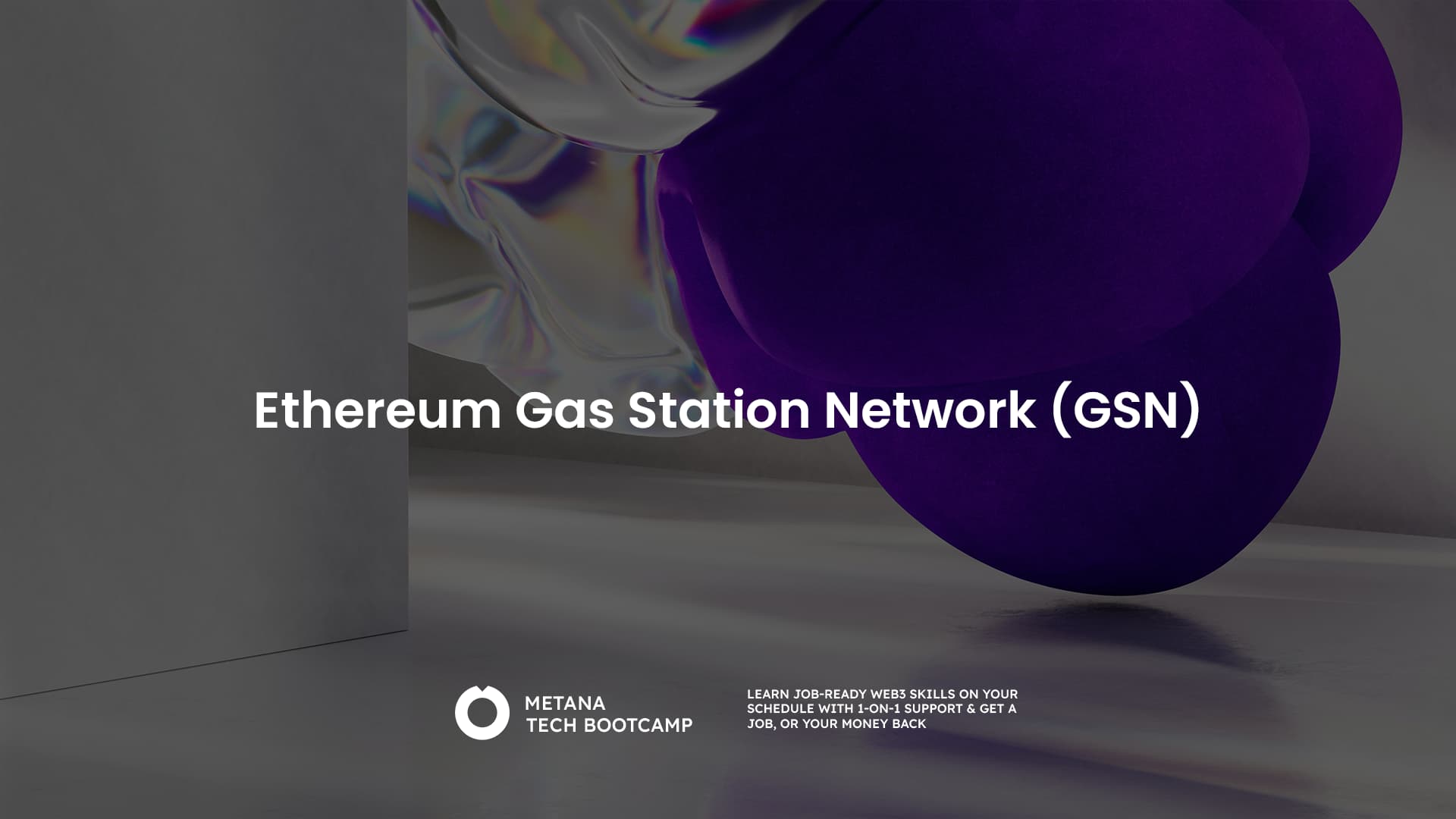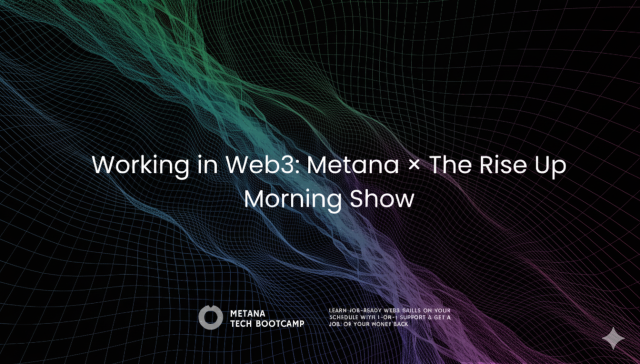Imagine you walk into a fancy restaurant, eager to try their new menu. But before you can even glance at the dishes, the waiter informs you that you need a special token to order – a token you need to buy with actual cash outside the restaurant. Sounds frustrating, right? This is what interacting with some decentralized applications (dApps) on the Ethereum blockchain can feel like for new users. They need to acquire Ethereum (ETH), the native currency of Ethereum, just to pay transaction fees (gas) before they can even explore what the dApp offers.
The Ethereum Gas Station Network (GSN) swoops in like a friendly waiter, eliminating this hurdle and making dApps more accessible. Let’s dive into the world of GSN, understand how it works, and explore the benefits it brings to both dApp users and developers.
Why Gas Fees are a Barrier on Ethereum
Before diving into GSN, let’s understand why gas fees are a pain point for dApp users. Every action on the Ethereum blockchain requires computational power. This power is a valuable resource, and users pay for it with gas. The higher the computational complexity of an action, the more gas it consumes, leading to a higher fee.
Here’s why gas fees can be a barrier:
- New User Friction: For someone completely new to crypto, acquiring ETH just to pay for gas feels like an unnecessary extra step. It can be confusing and deter them from exploring dApps.
- Small Transactions: Gas fees can sometimes be higher than the value being transacted, especially for small interactions. This makes it impractical for users to engage in micro-transactions within dApps.
- Constant Top-Up: Even existing users need to keep a constant eye on their ETH balance to ensure they have enough for gas fees. This disrupts the user experience.
Introducing the Gas Station Network
The Ethereum Gas Station Network (GSN) acts as a middle layer between dApp users and the Ethereum blockchain. It essentially removes the need for users to directly manage gas fees. Here’s how it works:

- Relayers: Imagine gas stations on a highway. In the GSN world, these are relayers. They are independent services that monitor dApp activity and act as intermediaries.
- Gasless Transactions: When you, as a user, want to interact with a GSN-enabled dApp, you don’t need any ETH. You simply sign a message authorizing the action you want to take. This message doesn’t include any gas fee information.
- Relayers Take the Wheel: The relayers pick up your signed message and understand the action you want to perform within the dApp. They then craft a proper Ethereum transaction, including the necessary gas fee, and broadcast it to the blockchain.
- Paying the Bill: But who pays the gas fee? Here’s the clever part. The relayer pays the gas fee upfront, trusting that they will eventually get reimbursed.
- Paymasters Step In: This is where paymasters come into play. These are smart contracts deployed by the dApp developer. When a relayer successfully relays your transaction, the paymaster contract automatically pays them back for the gas fee.
Think of it this way. You (the user) sign a permission slip for the action you want in the dApp. The relayer (the gas station) uses its own funds to cover the gas cost and get you on your way. Finally, the dApp (the restaurant) settles the bill with the gas station later.
Benefits of GSN for Everyone
The implementation of GSN offers a win-win situation for both dApp users and developers:
For Users:
- Frictionless Onboarding: New users can explore dApps without needing any ETH upfront. This significantly lowers the barrier to entry and encourages wider adoption.
- Seamless User Experience: Users don’t need to worry about managing gas fees or constantly topping up their ETH balance. They can interact with dApps more freely.
- Micro-Transactions Made Easy: GSN makes small interactions within dApps feasible, opening up new possibilities for user engagement.
For Developers:
- Improved User Acquisition: By removing the gas fee barrier, GSN can significantly increase the user base for dApps.
- Enhanced User Experience: A smoother user experience due to GSN can lead to better user retention and engagement within dApps.
- Flexibility in Payment Options: GSN allows developers to explore alternative payment methods beyond just ETH. Paymasters can be designed to accept different ERC-20 tokens, allowing users to pay with tokens they already hold.
Is GSN a Perfect Solution?
While GSN offers significant advantages, it’s important to acknowledge some potential drawbacks:
- Security Considerations: Relayers are trusting users to pay them back for gas fees. Malicious actors could exploit this trust by relaying fraudulent transactions. Mitigating strategies like requiring a security deposit from relayers or implementing reputation systems are being explored.
- Centralization Concerns: The reliance on relayers introduces a degree of centralization into the system. If a few dominant relayers control the network, it could become a single point of failure. Decentralized relay networks are being developed to address this concern.
- Limited Adoption: GSN is still a relatively new technology, and its adoption among dApps is evolving. As more dApps integrate GSN, its benefits will become more widespread.
The Future of GSN: A Smoother Onramp to dApps
The Ethereum Gas Station Network (GSN) is a significant innovation that is paving the way for a more user-friendly dApp ecosystem. By removing the gas fee hurdle, GSN is attracting new users and fostering wider adoption of decentralized applications. While there are some security and centralization considerations to address, ongoing development efforts are continuously improving the GSN model.
Here’s a glimpse into the future of GSN:
- Standardization and Interoperability: Standardization of GSN protocols across different dApp platforms will make user experience even smoother. Interoperability between GSN implementations will allow users to seamlessly interact with various dApps without needing to switch between different gas fee solutions.
- Advanced Payment Options: The ability to pay gas fees with a wider range of tokens or even fiat currencies through integration with on-ramping services will further enhance user experience.
- Decentralized Relay Networks: The development of truly decentralized relay networks will eliminate the centralization concerns associated with single relayer dominance.
Conclusion
In conclusion, the Ethereum Gas Station Network (GSN) is a powerful tool that is bridging the gap between the complexities of blockchain technology and the needs of everyday users. As you learn about Web3 and GSN continues to evolve and gain wider adoption, dApps will become more accessible and user-friendly, paving the way for a more mainstream adoption of decentralized applications.

FAQs
What is the Ethereum Gas Station Network (GSN)?
- The GSN is a layer that allows DApp users to interact without needing to pay gas fees themselves, as fees are handled by the application.
How does the GSN improve DApp usability?
- By eliminating the need for users to manage or even own cryptocurrency for transaction fees, making DApps more accessible and user-friendly.
Who benefits most from using the Ethereum GSN?
- Developers seeking to increase adoption of their DApps and users new to blockchain who want simpler interactions.
What are the key features of the Ethereum GSN?
- Key features include relayer networks for managing transactions, and various tools and interfaces for seamless integration into existing DApps.
How can developers integrate GSN into their DApps?
- Developers can integrate GSN by using compatible smart contracts and libraries designed to interact with the GSN relayer network.
What is Ethereum?
- Ethereum is a decentralized platform that enables the creation of smart contracts and decentralized applications (DApps) without downtime, fraud, or interference from third parties.
What are smart contracts?
- Smart contracts are self-executing contracts with the terms of the agreement directly written into lines of code, deployed on the blockchain.
How does blockchain technology work?
- Blockchain is a distributed ledger technology that maintains a secure and decentralized record of transactions across multiple computers.
What are the advantages of blockchain technology in applications?
- It provides enhanced security, transparency, and immutability, reducing the risk of fraud and enabling trustless agreements.
How do transaction fees work on Ethereum?
- Users pay transaction fees, measured in “gas,” to compensate for the computing energy required to process and validate transactions on the Ethereum network.








